
As environmental awareness grows, many homeowners turn to “green” home decor as a way to contribute to sustainability. Terms like “eco-friendly,” “natural,” or “sustainable” have become a significant part of marketing language, promising homes that nurture both people and planet. But beneath this well-intentioned enthusiasm lies a more complex reality. Popular green home decor often harbors hidden waste and environmental costs that challenge the straightforward narrative of “eco-conscious” living.
Understanding these often overlooked impacts is crucial in moving beyond greenwashing toward truly responsible sustainability in home design. This post dives deeply into the myths surrounding popular green decor, revealing the hidden waste embedded in materials, manufacturing, transportation, and disposal. Through this exploration, we aim to empower consumers and designers to make genuinely informed choices that minimize ecological footprints.
The Rise and Appeal of Green Home Decor

The surge in green home decor reflects our collective desire to align lifestyles with environmental values. Popular practices and products include:
- Furniture and decor made from reclaimed or natural materials
- Use of organic textiles like cotton, hemp, or bamboo
- Low or zero-VOC paints and finishes
- Energy-efficient LED lighting and appliances
- Biodegradable or recycled packaging materials
These efforts resonate strongly with consumers seeking to reduce waste and protect the planet. However, the path from aspiration to actuality is often more complicated than marketing suggests.
Myth 1: Natural Materials Are Always Sustainable
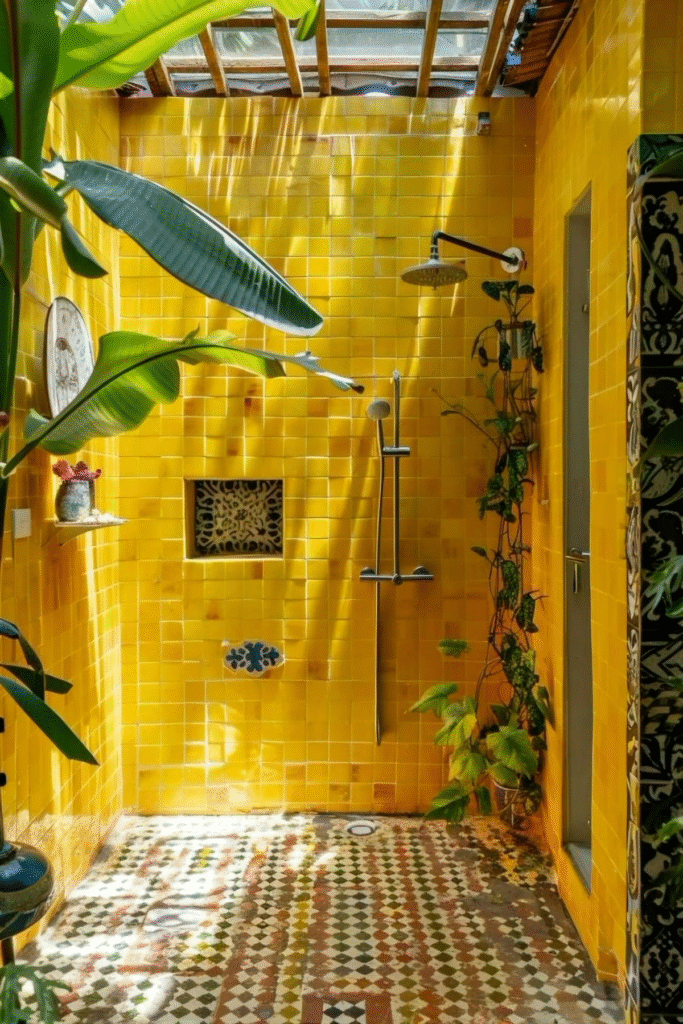
Many green home decor products boast of natural origins—wood, bamboo, cotton, jute—giving an impression of ecological wholesomeness. Yet, significant hidden waste accompanies these materials.
Deforestation and Habitat Loss
- Wood and Bamboo: Though renewable, large-scale harvesting contributes to deforestation, loss of biodiversity, and soil degradation if not managed responsibly.
- Certification Gaps: Many products lack credible certifications (FSC, PEFC), hiding unsustainable logging practices.
- Transportation Footprint: Shipping hardwood or bamboo globally generates substantial carbon emissions that offset local environmental benefits.
Water and Chemical Use in Agriculture
- Cotton: While natural, cotton cultivation is water-intensive and heavily reliant on pesticides, which pollute ecosystems.
- Processing: Textile production uses chemicals and dyes that often discharge into waterways without adequate treatment.
Waste From Processing and Offcuts
Manufacturing natural materials often produces offcuts, dust, and byproducts that contribute to landfill or incineration waste if not recycled properly.
Myth 2: Reclaimed and Upcycled Materials Eliminate Waste
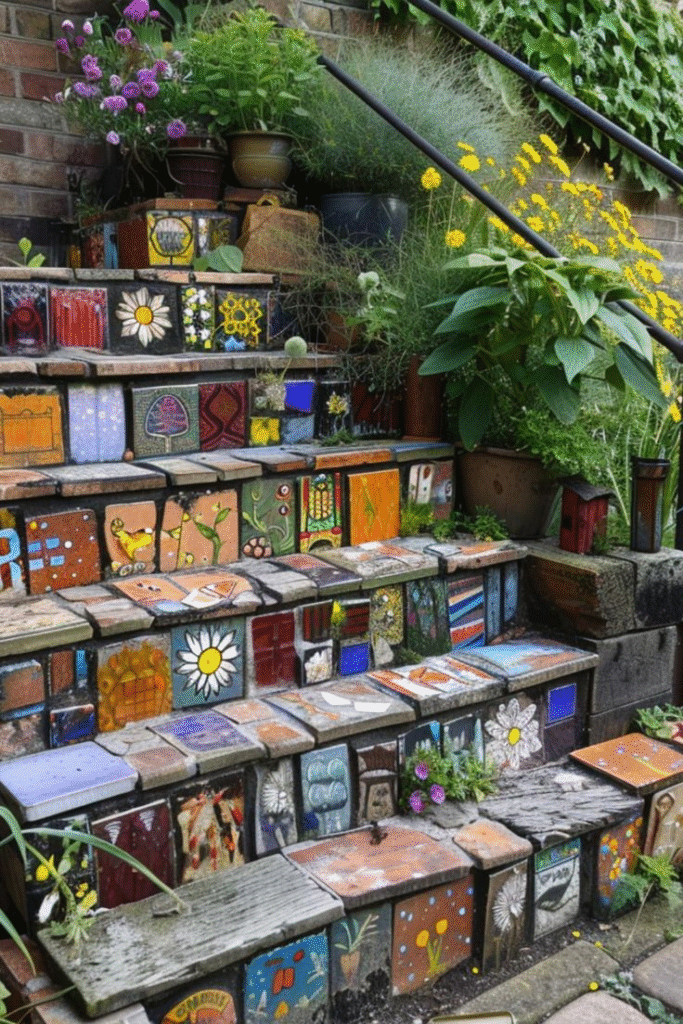
Reclaimed wood, vintage textiles, and upcycled furniture enjoy popularity as sustainable alternatives designed to reuse existing resources.
Challenges in Reclamation Processes
- Energy-Intensive Refinishing: Removing old paint, stains, and finishes requires chemical treatments, sanding, and finishing that consume energy and produce pollutants.
- Material Loss: Significant quantities are often discarded during recovering and modifying reclaimed pieces to fit design specs.
- Limited Supply and Scalability: Overreliance on reclaimed materials to meet mass consumer demand is unsustainable, potentially leading to overharvesting of aged resources.
Transportation and Storage Waste
Transporting bulk reclaimed goods can contribute significant emissions and waste from packaging and handling.
Myth 3: Organic Fabrics Are Waste-Free
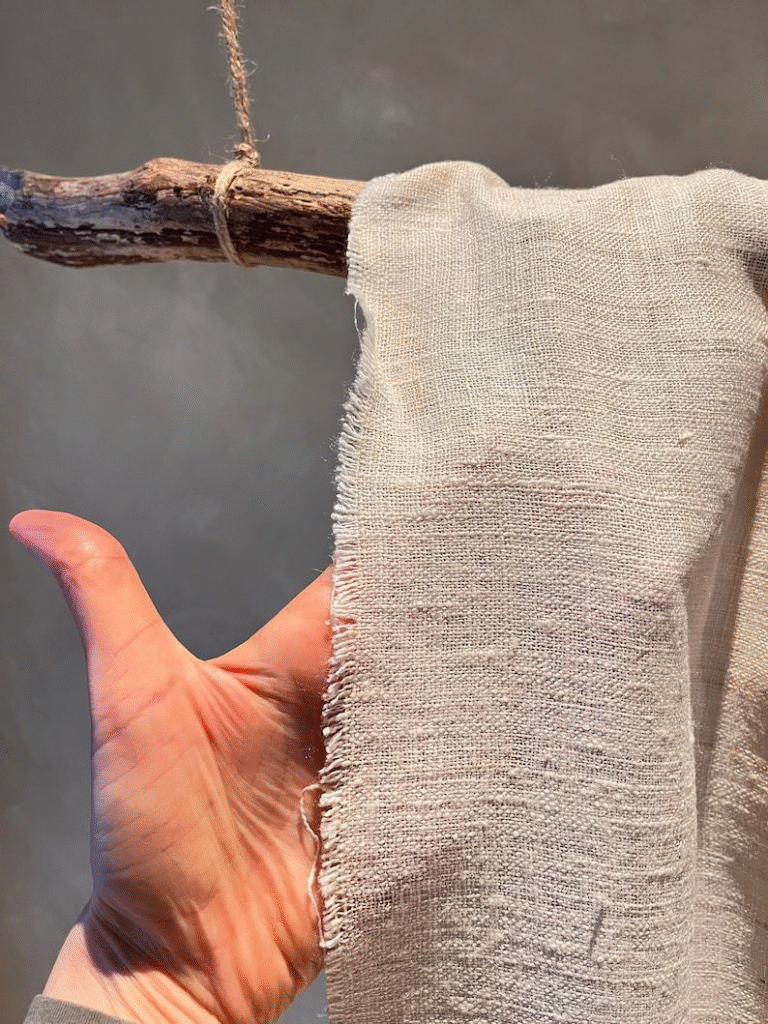
Organic cotton, hemp, bamboo, and linen fabrics feature heavily in green home textiles such as curtains, rugs, and cushions. The term “organic” implies minimal environmental impact, yet hidden waste challenges this.
Processing and Dyeing Waste
Though grown without synthetic pesticides, organic fibers still undergo energy and water-intensive processing. Dyeing processes produce wastewater loaded with heavy metals and chemicals that often lack adequate treatment.
Low Durability Leading to Waste
Some organic fabrics sacrifice durability and stain resistance, resulting in frequent replacement and textile waste. Blended synthetic fibers hidden in “organic” labels further complicate recycling.
Myth 4: Low-VOC and Non-Toxic Paints Are Harmless
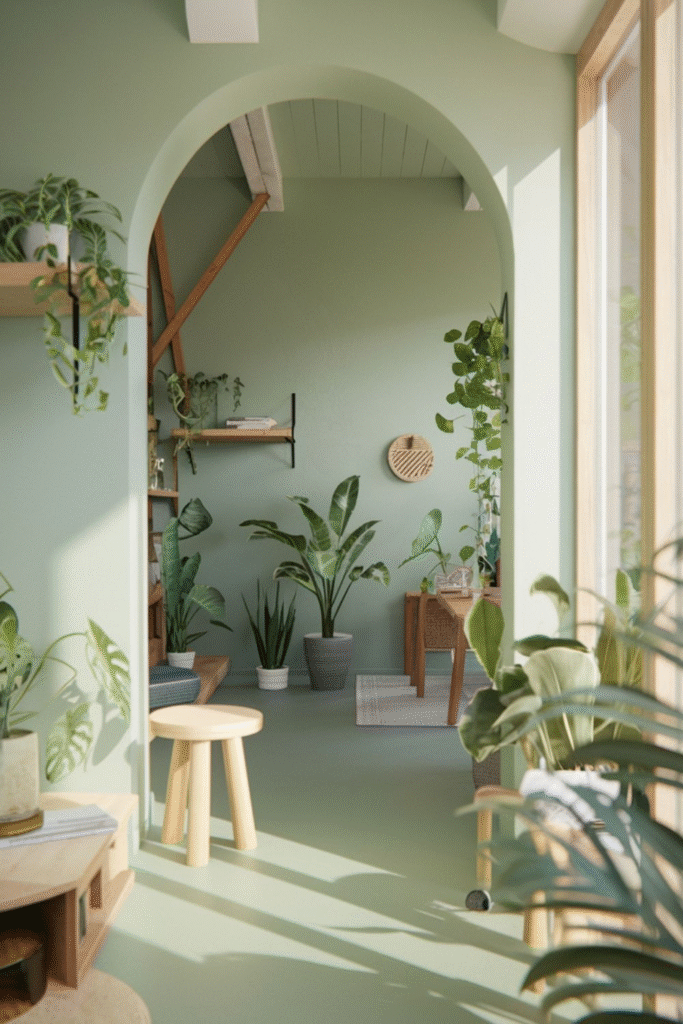
Low-volatile organic compound (VOC) and non-toxic paints are staples of green decor, reducing indoor pollution and environmental hazards. However, manufacturing these products can still involve significant waste.
- Chemical Manufacturing Waste: Several ingredients in “green” paints still require chemical extraction and processing that produce hazardous byproducts.
- Packaging Waste: Single-use paint cans and brushes contribute to considerable material waste without proper recycling programs.
- End-of-Life Waste: Residual paints and containers often improperly disposed of can contaminate landfills and waterways.
Myth 5: Energy-efficient Lighting Has No Hidden Costs

LED lighting and energy-efficient bulbs revolutionize interior lighting by cutting consumption dramatically, yet their lifecycle environmental impact merits scrutiny.
Resource-Intensive Manufacturing
Manufacturing LEDs involves rare earth metals like gallium and indium, whose extraction disrupts ecosystems and generates toxic waste.
Electronic Waste Problem
Disposal of LED bulbs creates electronic waste that requires specialized recycling infrastructure often lacking in many regions, leading to landfill accumulation.
Myth 6: Biodegradable and Recyclable Packaging Means Zero Waste
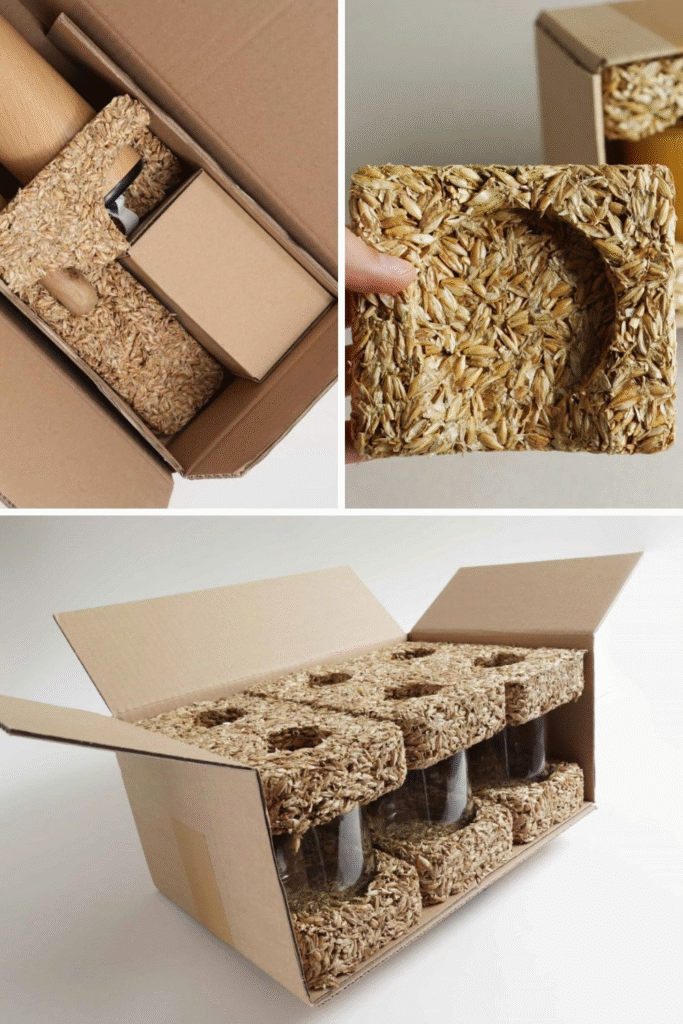
Green packaging using recycled paper, bioplastics, or compostable materials appeals strongly to eco-conscious consumers.
- Compostability Misunderstood: Many bioplastics require industrial composting facilities absent from most municipalities, leaving them to decompose slowly in natural environments.
- Contamination Issues: Mixed-material packaging often becomes unrecyclable due to contamination or complex multi-layer composition.
- Transport and Excess: Even lightweight packaging consumes energy during transport; “over-packaging” remains prevalent despite sustainability claims.
The Hidden Waste of Green Supply Chains
Behind every green home decor item is a complex supply chain that can generate substantial hidden waste:
- Long-Distance Shipping: Air and sea freight emissions erode eco-benefits claimed by producing lightweight or natural items overseas.
- Inventory Waste: Excess stocks, returns, and unsold goods often lead to disposal or destruction.
- Energy Use in Factories: Some “green” factories still rely heavily on fossil fuels and generate waste streams that are hidden from end consumers.
Transparency and Certification: Separating Green Facts From Fiction
Many green decor items lack transparency, leading to consumer confusion. Effective certifications like FSC, GOTS, Cradle to Cradle, and Fair Trade provide reliable verification but are inconsistently applied.
Consumers and designers must demand:
- Full supply chain disclosure
- Life cycle assessment data
- Clear product end-of-life guidelines
Without this, claims remain marketing buzz rather than true sustainability.
Towards Truly Sustainable Green Home Decor

To move beyond myths, consumers and professionals should consider:
- Local and Seasonal Materials: Reducing shipping footprints and supporting regional economies.
- Durability and Reparability: Prioritizing long-lasting, maintainable products over disposable trends.
- Circular Design: Encouraging take-back schemes and upcycling instead of landfill dumping.
- Minimalist Consumption: Reflecting on true needs and avoiding excessive decor accumulation.
- Engagement with Artisan and Small-scale Producers: Promoting ethical labor and environmental stewardship.
Practical Tips to Avoid Hidden Waste in Green Home Decor
- Research certification credentials carefully.
- Prioritize quality over quantity.
- Ask retailers about supply chain transparency.
- Look for recycled or upcycled content with clear provenance.
- Support brands investing in closed-loop models.
- Choose timeless, durable pieces.
- Avoid trendy hype items with unsustainable fast production.
- Recycle or donate unwanted items responsibly.
Conclusion: Challenging Assumptions, Embracing Informed Sustainability
Green home decor offers incredible opportunities to align style with conscience, but it requires breaking beyond surface promises to understand hidden complexities. This investigation into eco-mythbusting reveals that many popular green elements harbor unseen waste, calling for more rigorous scrutiny and responsible consumption.
True sustainability arises from intention, transparency, and systemic thinking—a journey toward homes that nurture people and planet authentically and holistically.
Written by Mishul Gupta
